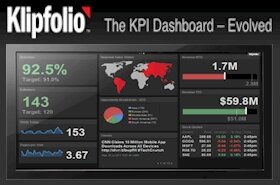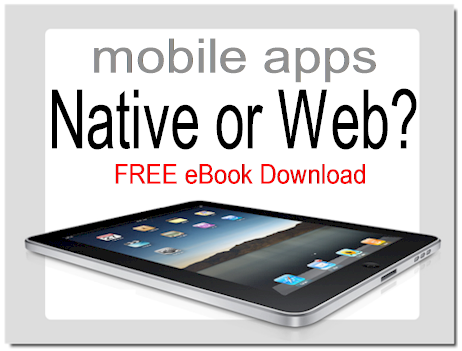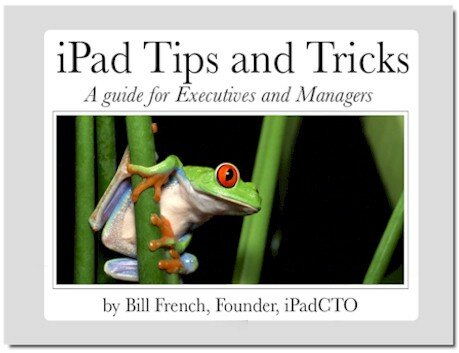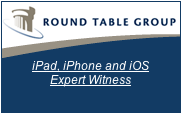 The “media” ironically, has it all wrong. Check out these headlines.
The “media” ironically, has it all wrong. Check out these headlines.
- eWeek – Google Currents Challenges Flipboard, Zite on Android, iOS
- Lifehacker – Google Currents Is a Gorgeous Magazine-Style Newsreader for iOS and Android
- Additive Tips – Google Currents: Flipboard-Like News Aggregator For Android & iOS
- Geek.com – Is Google Currents a worthy rival to Flipboard?
- 9to5 Mac – Google Currents Flipboard killer launches today on iOS
Please, people! Wake up!!!
Sure, Currents can be used as a news reader instead of FlipBoard or Zite, both exceptionally good news readers. But if you bother to peek under the covers, you’ll find an architecture for cross-platform content publishing that kicks open a new doorway of opportunities for small and medium-sized businesses (the SMB segment).
Where Google Currents Excels
What’s apparently not obvious to many of the news reader pundits is that there’s a vast underserved market of smaller companies who have little time or resources to bend and shape their content resources for wider distribution through smart mobile devices. Google’s Propeller project, now released in the US only branded as Currents for iPad and iPhone (Android too), represents an attempt to rethink mobile publishing.
Viewpoint: Publisher versus Subscriber
The current crop of news readers were developed from the subscriber’s perspective. Currents comes at the problem from a very different angle – the publisher’s viewpoint. In fact, unlike tools such as Zite, a target of legal wrangling concerning content rights, Currents is designed to protect content from being exploited except by its owners.
Currents, A Very Different Beast
Indeed, Currents supports basic ideas such as integrated RSS feeds, documents, and the ability to subscribe to multiple content providers’ information sources. However, it also allows relatively non-technical marketing experts to craft very polished collections of branded product information. Currents is as much a marketing tool as it is a social news reader.
Currents is very different from the general news reader class of mobile apps and for many reasons. Let’s look at just a few of the items that separate Currents from the current crop, specifically Flipboard.
Most people who look at Currents see a competitor to FlipBoard and fundamentally a very similar product. However …
- … you can’t customize the CSS in FlipBoard.
- … you can’t customize the rendering templates in FlipBoard.
- … you can’t provide secure and/or open content in FlipBoard, and there is no security context.
- … you can’t integrate multiple content types into a single syndication instance in FlipBoard.
- … you can’t bundle multiple media objects into a single content experience.
- … you can communicate to narrow classes of subscribers based on identity.
If you’re a marketing person, about the best you can hope for in Flipboard (and all newsreaders for that matter), is that your audience will subscribe to your information feeds and maybe contact you.
With Currents, you can build a content app – a bundle of marketing, support, and company resources tightly packaged and branded to provide an experience. You can build interactions and other subtle ways to move prospects closer to your sales funnels. What this means is that Currents is a very different beast. Sure, it can be used off the shelf in much the way you might use FlipBoard. But this is probably not Google’s vision, nor is it likely the vision of small and mid-sized publishers who want to reach content consumers via tablets without writing costly Android and iOS code.
Not So Obvious
Despite the list of you-cant’s listed above, what isn’t so obvious are features that nudge open the back door to more discrete use.
Imagine a single content app that contains different views – one for prospects and one for your customers. Your customers are seeing content that includes how to utilize your products better, support information, best practices, and tips and tricks. Your prospects, however, have a slightly different information diet.
Imagine a content app that is purely designed for your partners. By using Current’s integrated access controls, you are able to create secure channels of information to provide very specific business audiences with resources.
Imagine your employees subscribing to a news channel that contains company-specific information, data, and other industry and competitive intelligence.
Currents, A Secure, Extensible, Mobile Content Slate for SMB
One of the first things I did with Currents is integrate a Google Docs document into a secure channel and publish it openly to verify that no one could access unless authorized. This stated to open a lot of pathways for using this technology. I then created a simple BI dashboard spreadsheet, also in Google Docs, and integrated it into a secure Currents channel.
I was able to achieve this by simply overriding the rendering template with a little HTML5 and CSS. With this ability, it’s possible to envision many use cases for Currents. Imagine a consumer-friendly interface delivering business intelligence in a mobile touch framework. Ideas like this made possible by Currents’ extensible architecture are at the leading edge of consumerization of BI and apps in general.
It appears there’s a much more interesting story behind the curtain. Give Google Currents a try – just click this link to get the iPadCTO current and it’ll walk you through the app installation.




















